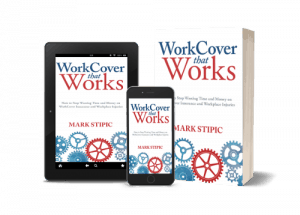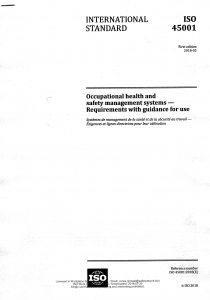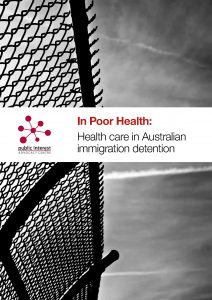 Many consultants publish books on the understanding that a published work provides legitimacy and authority to their advice. Sometimes these books are vanity productions but increasingly, and particularly in the safety sector, small-run publications are appearing that are well-written, well-edited and well worth reading. The latest of these, in Australia at least, is “Workcover That Works” by Mark Stipic.
Many consultants publish books on the understanding that a published work provides legitimacy and authority to their advice. Sometimes these books are vanity productions but increasingly, and particularly in the safety sector, small-run publications are appearing that are well-written, well-edited and well worth reading. The latest of these, in Australia at least, is “Workcover That Works” by Mark Stipic.
Stipic has been planning this book for some time and developed a clear strategy for this book to address the workers compensation processes in just one Australian State – Victoria. It is not a workplace safety book but it acknowledges the role of occupational health and safety (OHS) and devotes one of its four parts to “Foundations of Success” in which Stipic discusses safety climate and culture and those management practices that minimise the likelihood of a workers compensation claim being lodged. Continue reading “A WorkCover book that works”

 Recently the Safety Institute of Australia (SIA) published
Recently the Safety Institute of Australia (SIA) published  Governments use legislation and the threat of punishment as a deterrent for dangerous actions and poor decision-making. Imposing harsh consequences is hoped to change the behaviour of companies and individuals. Occupational health and safety (OHS) laws are no different with deterrence being used to justify the introduction and enforcement of
Governments use legislation and the threat of punishment as a deterrent for dangerous actions and poor decision-making. Imposing harsh consequences is hoped to change the behaviour of companies and individuals. Occupational health and safety (OHS) laws are no different with deterrence being used to justify the introduction and enforcement of  On June 20 2018, the Australian government announced a
On June 20 2018, the Australian government announced a  Safe Work Australia’s
Safe Work Australia’s 
 Data about occupational health and safety (OHS) and work-related psychosocial injuries has often been described as being hard to find. In some ways it is not necessarily hard to find but difficult to access. An untapped source of data is the records of illness and leave taken that is usually held by the Human Resources (HR) departments, often named “People and Culture”or some variant. This type of data could be invaluable in determining a workplace psychological profile, if the HR departments would trust OHS professionals more, or release this data in a format that would allow OHS professionals to assess risks while maintaining employees’ privacy.
Data about occupational health and safety (OHS) and work-related psychosocial injuries has often been described as being hard to find. In some ways it is not necessarily hard to find but difficult to access. An untapped source of data is the records of illness and leave taken that is usually held by the Human Resources (HR) departments, often named “People and Culture”or some variant. This type of data could be invaluable in determining a workplace psychological profile, if the HR departments would trust OHS professionals more, or release this data in a format that would allow OHS professionals to assess risks while maintaining employees’ privacy.